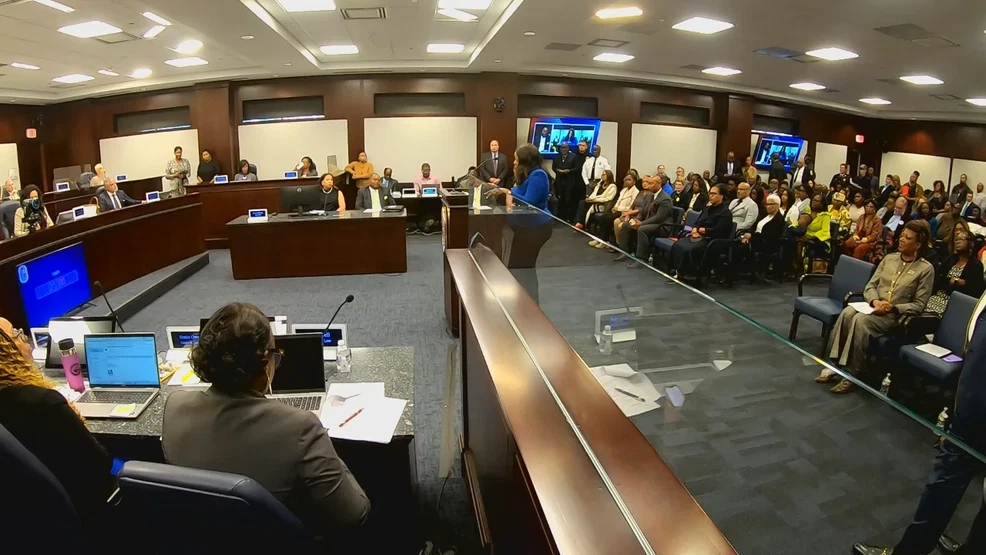Copyright The Oregonian

On Saturday, President Trump took to Truth Social to repost an AI-generated video depicting him in a crown dumping a fighter jet’s worth of human feces on “No Kings” protesters. It appears that the video was created by another account and reposted to Trump’s. The post shows a fighter jet with “King Trump” emblazoned on the side with Kenny Loggins “Danger Zone” playing in the background. The “No Kings” demonstration was a nationwide protest of Trump and his administration. In Portland alone, it attracted thousands and it reached into some of the smallest communities across the state and country. No additional text was provided on the president’s post but Kenny Loggins had a lot to say about the use of his song in a video many decried as generative-AI slop. “This is an unauthorized use of my performance of ‘Danger Zone.’ Nobody asked me for my permission, which I would have denied, and I request that my recording on this video is removed immediately,” Kenny Loggins said in a statement sent to several large news agencies including NPR and NBC News. “I can’t imagine why anybody would want their music used or associated with something created with the sole purpose of dividing us. Too many people are trying to tear us apart, and we need to find new ways to come together. We’re all Americans, and we’re all patriotic. There is no ‘us and them’ – that’s not who we are, nor is it what we should be. It’s all of us. We’re in this together, and it is my hope that we can embrace music as a way of celebrating and uniting each and every one of us.” This is not the first use of generative AI by Trump. In fact, over the last nine months or so, dozens of generative AI images and videos have been posted to the president’s Truth Social account. While the content of the video is troubling for a government official to post, Trump’s use of AI is also being critiqued for its tone deafness toward the array of issues with generative AI. There’s two main categories current AI tools fall into: agentic AI and generative AI. Agentic AI are the types of AI tools that can recognize patterns, organize and analyze data. It also must have autonomous capabilities and the ability to make decisions with the information given as opposed to creating new content. Agentic AI does this by utilizing large language models which use a statistical prediction about the next word in a sequence, using unstructured human language. Generative AI is not capable of any of those things. Generative AI creates new things like text, photos and most importantly the context that exists for both. It can just make things up and assert them as true. It can’t look at unbroken human language and utilize it to make decisions, it instead has to be trained off of existing data. The fanfiction website Archive of Our Own notified its users in a Reddit thread that all available works, most of which illegally use trademarked material, in both text and visual art had been uploaded to a generative AI training site. A generative AI program using fiction and art as part of its language learning model can cause all kinds of problems we’ve yet to see concretely play out because generative AI can make things up. It can assert truths. It could take some “Dune” fanfiction and tell an inquirer they’re the next chosen one, doomed to become a sentient desert worm. Issues, both legal and moral, crop up when a software needs art to make art; even more when the art is technically illegal and creates a grey area for AI language models to frolic. But as it stands, there aren’t copyright laws that cover concepts gleaned from fictional universes to be reiterated as possible truths to a user. Questionable learning tools aside, generative AI is a blight on the environment and has been for years. A study from the University of Massachusetts in 2019 showed that training an AI model produced more carbon emissions, 626,000 pounds, than the average car in its lifetime, which produces roughly 126,000 pounds. Every move a generative AI bot makes, every word it produces uses energy. OpenAI’s CEO said that people being polite and using the perfunctory “please” and “thank you” with the chat bot was costing millions in electricity costs for the company. The impact isn’t just on the grid, a staggering amount of fresh water used to cool AI computer towers and hardware. Cooling water can evaporate at a rate of 9 liters for every kilowatt used. It is estimated that a single generative AI prompt uses about 3 kilowatts of energy; following this math every ChatGPT inquiry could cost about 27 liters (~33.5 gallons).



